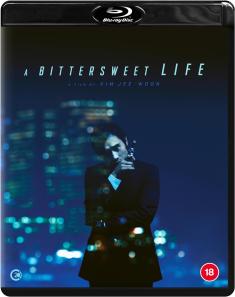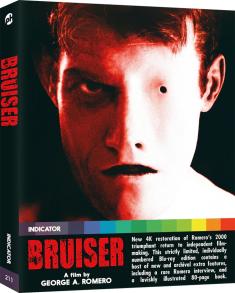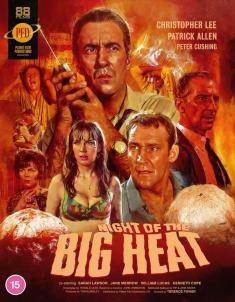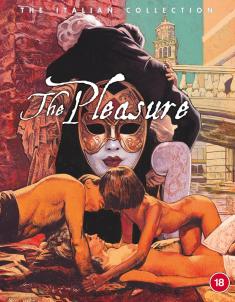The Guided Fate Paradox
Overview -
Nippon Ichi Software, the team behind the 'Disgea' series, brings us 'The Guided Fate Paradox,' a Frankenstein of a game that stuffs a roguelike within a JRPG, all embroiled in an oddly caustic self-awareness. Becoming God is a daunting task, but perhaps not so much as figuring out exactly what this game is.
Video Review
The visuals are not exactly a technical feat, Nippon Ichi going for character rather than fidelity. Though it's jarring how unevolved the animation work is at the start, the basic nature of everything serves the fast-paced combat pretty well. Character models are mostly static, the environments are vibrant but lacking in detail or natural intrigue and the story is told via cutout figures with dialogue bubbles. It's not a looker, but it's not meant to be. On the upside, combing different pieces of equipment often yields entertaining results. Wearing a mushroom on your head while traveling on a miniature tank and wielding a dagger made me smile.
Audio Review
The voice acting ranges from decent to downright confounding, though the writing is oftentimes excruciating. Don't expect much in the way of emotional involvement on that front. As for the soundtrack, the developers opted for frenetic, uplifting tunes meant to supplement the lighthearted tone and jumpy pace. It's the kind of music that rings in your head just a bit too loudly after you've turned it off.
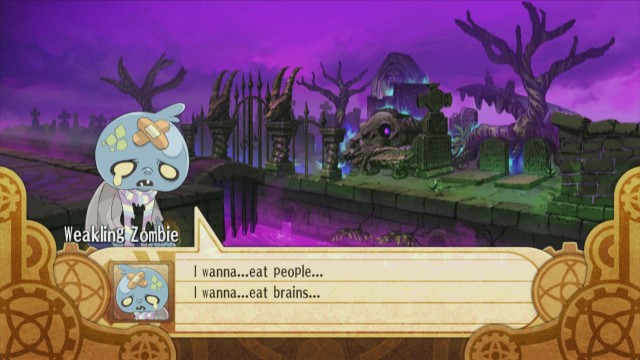 |
In the end the two genres mashed together are better off left separate. Roguelikes on their own are justifiable in their difficulty and unforgiving nature, because they're meant to be played over and over again. Generally the actual gameplay is reason enough to do that. Mixed with a JRPG, 'The Guided Fate Paradox' is essentially a massive manipulation, utilizing the repetitive nature of the roguelike to artificially lengthen an experience further padded with unnecessary and time-consuming subsystems. If the combat was more refined and varied, with less spurious depth sunk into the JRPG side of things, then maybe 'The Guided Fate Paradox' could have carved out its own corner. As it stands, the multiple flavor offerings of this particular pie fail to gel, or to satisfy and may as well be strewn all over the floor.
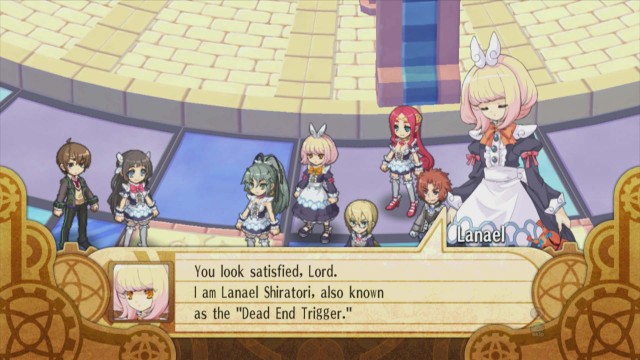 |






